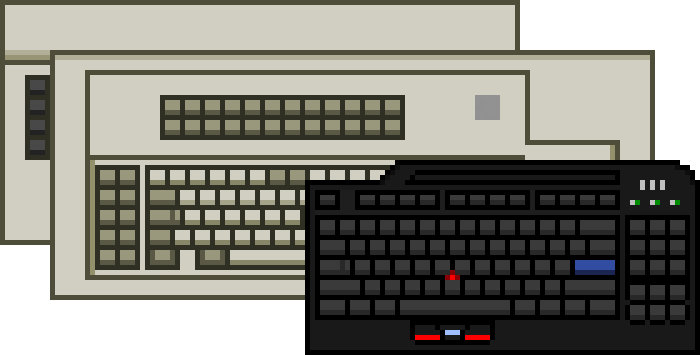P/N 76X0041 - Model M 4680 Keyboard Details & Specs
Provided by the ASK Keyboard Part Number Database
IBM 4680 POS Alphanumeric Keyboard
| CSA part numbers | 1392515 |
|---|---|
| Type | Model M 4680 POS Alphanumeric Keyboard |
| Nickname | M/AT |
| Known host systems | IBM 4684 POS Terminal (IBM 4680 family) |
| OEMs or ODMs | IBM Canada, IBM Netherlands |
| Keyswitches | IBM membrane buckling springs |
| Earliest appearance | |
| Withdrawn | |
| Original keycaps | PBT with dye-sublimated legends |
| Cover colour | Pearl White/Storm Grey |
| Branding | IBM silver square badge |
| Protocol | SIO via RS-485 |
| Connection | straightened-style detachable 8-pin SDL to 8-pin SDL cable |
| Number of keys | 84 |
| Form factor | Navblockless |
| Layout & language | Danish |
| Sources | Doc: Feature and Service Enhancement Features for IBM 4683 Point-of-Sale Terminal Models 1 and 2 (#186-214) [source: IBM] Doc: Withdrawal: IBM 4683 and 4684 Point of Sale Terminal Alphanumeric Keyboard (#192-017) [source: IBM] Doc: IBM Store Systems Part Catalog (#S131-0097-09) [source: Infania Networks] |
| Data last updated |

